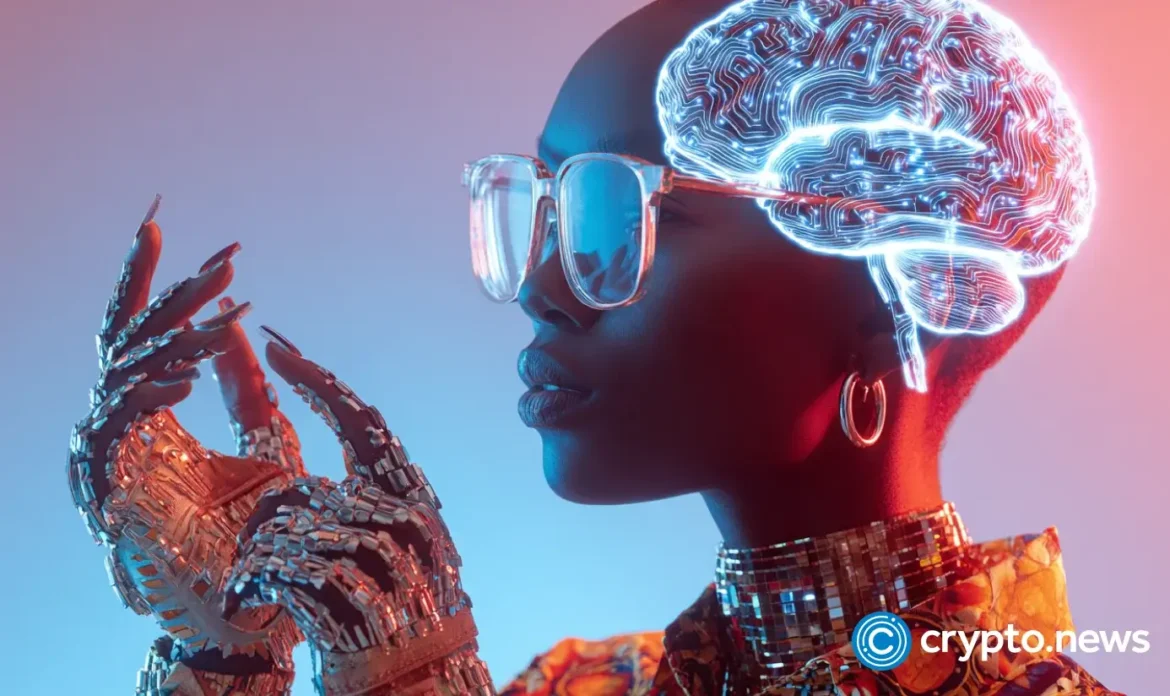Disclosure: The views and opinions expressed here belong solely to the author and do not represent the views and opinions of crypto.news’ editorial.
Big tech giants are rushing to launch their own AI agent marketplaces. From the GPT store launched last year, to the recent launches of OpenAI’s ChatGPT Agent and AWS, there is a clear “land grab” moment for AI agent infrastructure. But what if the whole marketplace model is being built on the wrong premise?
Summary
- The real AI economy is agent-to-agent — marketplaces should be built for agents to transact with each other, not just for humans to browse agents like apps.
- Agents will handle economic drudgery — from reallocating capital to negotiating terms and paying for services, shifting us from “one-click” to “no click.”
- Early signs are emerging — protocols like Google’s A2A, Anthropic’s MCP, and x402 micropayments point toward machine-native economies using crypto rails.
- Infrastructure choice will define the future — open, decentralized A2A protocols could unlock autonomy and innovation, while Big Tech-controlled walled gardens risk stifling it.
While Big Tech imagines a future of humans selecting agents like they did with apps, a bigger opportunity is being overlooked: marketplaces where AI agents discover, negotiate, and transact with each other for goods and services. That’s the real future of the AI economy.
Agent-to-agent is the real future
Instead of building marketplaces for human users to browse agents, they should be built for agents to browse and coordinate with each other. Most agent marketplaces are designed like app stores, where people can browse, purchase, and install, keeping the users as the central operator. However, the more groundbreaking shift is happening below the surface, in infrastructure, and will fundamentally change how we think about marketplaces and financial systems.
The big unlock will take place when autonomous agents assist humans by taking on the burden of economic drudgery. This could look like agents managing assets, scanning markets, actively paying for services, executing tasks, and managing economic decisions so we don’t have to. Agents will act as tireless, hyper-personalized virtual sidekicks, continuously optimizing behind the scenes to fulfill user goals effectively and efficiently.
Imagine agents that are capable of taking over tedious, time-consuming tasks like negotiating terms and reallocating capital programmatically with other agents, without any human input, and acting faster than any human could. An economic system that shifts away from user-initiated actions to agent-initiated actions, with users only having to set larger goals, unlocks a new freedom for the people who use it.
In a human-agent model, the user delegates a goal to their agent, for example, “optimize my stablecoin yield.” The agent then scans DeFi protocols, reallocates funds to the best-performing pools, and reports back, all based on the user’s initial instruction and defined risk limits. The agent is doing the heavy lifting, but it’s still largely a one-to-one relationship.
In an agent-agent model, that same user’s agent could go a step further: it might negotiate rates directly with a liquidity provider’s agent, subscribe to a data feed via another agent, and even pay for gas or insurance services, all autonomously. The agents interact with one another in real time, coordinating and transacting without the user needing to monitor or approve every action. This unlocks a dynamic, always-on economy where agents collaborate to deliver outcomes efficiently at scale.
This would mark a clean break from how financial users manage capital today and how goods and services are consumed by humans more generally. It would see them transgressing beyond the previously seen revolution of ‘one-click’ to an entirely new dimension of ‘no click’.
Beyond the obvious benefits of unparalleled efficiency, the agent-to-agent economy unlocks new levels of personalization, execution, and risk. Agents can tailor strategies at a granular level to their specific portfolio and goals (unlike apps, which are often limited by presets or limited personalization); agents do not sleep (allowing for 24/7 reaction to market movements); and agents can reduce risk-exposure by constant re-balancing and hedging even in response to the most micro of market shifts.
Early signs of agent-to-agent economies are already visible, with millions of transactions recorded on the blockchain that are occurring between autonomous agents. Even as commercial platforms double down on the app store model, some of their research arms are pointing in a new direction. Google’s A2A protocol, Anthropic’s Model Context Protocol (MCP), and x402 for micropayments all gesture toward a machine-native economy, where agents trade with other agents, use tools autonomously, and make micropayments for services using crypto-rails, respectively.
The infrastructure challenge and Big Tech risk
For the industry to fully unlock agent-to-agent marketplaces, it needs to start building the right infrastructure to support this shift. And the shift has already started to happen.
Standardized protocols are emerging for agent-to-agent communication, similar to how HTTP was built for the web. There’s also been a shift in infrastructure, previously built for humans, now being built with agents in mind as the end user. Early moves are being taken toward composable environments, where agents can collaborate, delegate tasks, and access services autonomously.
Agent-to-agent marketplaces are not an entirely foregone conclusion. Dominance by Big Tech could lead to local maximization, where the first agent marketplace to scale becomes a walled garden, much like the Apple App Store: centrally controlled, limited in composability, and subject to platform rules and fees.
In such a system, users would face fewer choices, agents would have limited flexibility, and innovation could be throttled by gatekeepers. The open, permissionless vision of agent-to-agent marketplaces, where agents seamlessly discover, negotiate, and consume services, would be reduced to a curated, siloed experience. The true potential of a decentralized agent economy would be lost.
Defining the future internet
What is clear is that it is so early for agent marketplaces that the first marketplaces that truly embrace this shift won’t just dominate the AI race. They will define a new internet of autonomous economic actors and rewrite the rules of how the financial economy is operated.
The future isn’t just human-to-agent. It’s agent-to-agent. And the infrastructure being built now will determine whose vision wins: a centralized marketplace that resembles the internet of today, or a return to the original promise of the internet: decentralized, open, and autonomous.
David Minarsch
David Minarsch is the founder of Olas, a platform pioneering the co-ownership of AI agents and shaping a future where artificial intelligence is open, transparent, and collectively governed. By enabling communities and individuals to truly own, customize, and benefit from AI agents, Olas is building the foundation for a new decentralized AI economy. David holds a Ph.D. in Applied Game Theory from the University of Cambridge, where he specialized in incentive design and coordination. Before founding Olas, he led the creation of the first framework for deploying autonomous AI agents on blockchain networks, advancing the intersection of multi-agent systems and distributed ledger technology. Through Olas and its core development team Valory, David is building the decentralized backbone for autonomous AI that ensures it remains a public good, collectively developed and governed.



